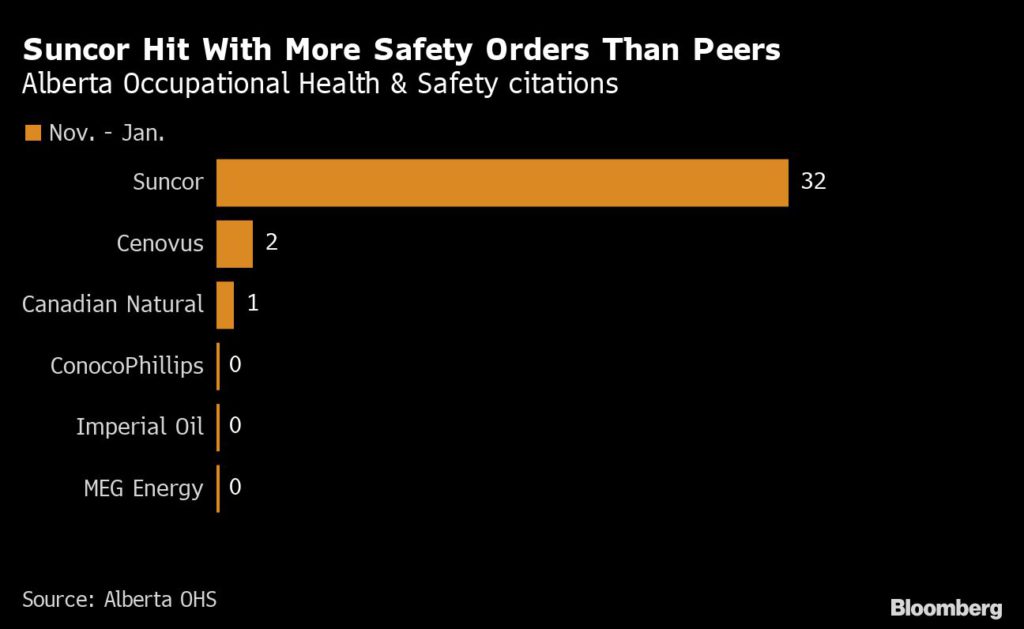How much Canadians have fallen behind amid high inflation (PRICE GOUGING) and who's hurting the most
, The Canadian Press
Inflation has eroded purchasing power for many Canadians, but the experience with rapidly rising prices has been far from uniform.
While the inflation rate shows how quickly prices are rising, other factors like income and consumption patterns can make it harder or easier for people to cope.
Here's a look at how high inflation is right now, who's feeling the pinch, and when Canadians can expect inflation to come down.
How high is inflation?
After reaching 8.1 per cent in the summer, Canada's annual inflation rate has slowed noticeably in recent months. In December, the annual inflation rate was 6.3 per cent.
Although that's still much higher than the Bank of Canada's two per cent target, recent monthly trends suggest inflation is heading closer to the target.
But even as inflation slows, food prices in particular have been a pain point for many Canadians. In December, grocery prices were 11 per cent higher than they were a year ago.
Have wages kept up with the cost of living?
Wages are rising but have not kept up with the rate of inflation. In December, average hourly wages were up 5.1 per cent compared with a year ago.
Brendan Bernard, a senior economist with hiring website Indeed, says Canadians on average have seen their real wages (amount earned after factoring in inflation) fall by about one per cent during that time period.
But some have seen their wages go up more than others, making it easier for those who have received a raise to cope with the rising cost of living.
University of Calgary economics professor Trevor Tombe said workers who got a new job or leveraged a job offer with their employer likely saw their pay go up more than others.
Workers can't always negotiate their pay to reflect the rise in the cost of living. Unionized workers, for example, negotiate contracts on fixed schedules.
"It will take potentially quite a bit of time for the current spike in inflation to be compensated for with increased wages for individuals," Tombe said.
Who's been hit hardest by inflation?
Though most Canadians have probably experienced sticker shock at the grocery store or elsewhere, not everyone is equally strained.
"Inflation is not just a single, homogeneous experience that everyone is going through," said Tombe.
Depending on what people buy, the amount they need to maintain their consumption levels and lifestyle could be higher or lower than the headline inflation rate.
Tombe said families with children have been particularly affected by inflation because a larger share of their budgets go toward food and fuel, two categories that have seen sharp increases in prices. According to his calculations based on October 2022, a family with children spent on average about $65 more per month than one without children.
"Price increases will strain households at lower income levels more because they save less than higher-income households," he said.
With less of a savings buffer, lower-income Canadians have a harder time covering the costs of rising bills. Meanwhile, higher income earners can absorb additional costs by reducing their savings.
Statistics Canada data shows net average household savings have declined across all income brackets. But the trend is more alarming for households in the bottom 40 per cent because they tend to spend more than they earn in income.
During the third quarter of 2022, for example, households in the bottom 20 per cent of income earners spent about $7,400 more than they earned. In the third quarter of 2021, that figure was $6,550.
Meanwhile, the top 20 per cent put away on average about $14,200 in the third quarter of 2022, down from $16,900.
How much have Canadians fallen behind?
With prices rising at the fastest pace in decades and the federal Liberals on the hot seat for cost-of-living issues, inflation has featured prominently in the House of Commons.
Federal Conservatives have been particularly focused on affordability concerns and have been calling on the government to rein in spending.
"Canadians are worse off than ever," said Conservative MP and finance critic Jasraj Singh Hallan on Jan. 31.
Recent polling suggests the Conservatives are indeed tapping into many Canadians' feelings about the state of the economy.
But the current bout of inflation hasn't pushed Canadians back as far as some may think.
Tombe says purchasing power has fallen to 2019 levels, which means a dollar today can purchase the same amount of goods and services a dollar could purchase in 2019.
"It's certainly false that Canadians have never been worse off," Tombe said.
"Inflation has dialed the clock back only just a few years in terms of average purchasing power of people's wages."
How do Canadians say they're faring?
A new poll suggests most Canadians feel their financial situation is about the same as it was a year ago.
According to a Leger poll, commissioned by the Association for Canadians Studies, 34 per cent of Canadian households say their financial situation has worsened over the last year.
Meanwhile, 58 per cent of those who responded say their financial situation has remained relatively unchanged and nine per cent say it's improved.
The percentage of Canadians who say they're worse off, however, is higher among low-income earners.
According to the survey, 42 per cent of those earning less than $40,000 say their household's overall financial situation is worse.
The online survey was completed by 1,554 Canadians between Jan. 23 and 25 and cannot be assigned a margin of error because online polls are not considered truly random samples.
When is inflation going to come down?
Barring unexpected global events, most economists anticipate inflation to continue slowing this year.
The Bank of Canada is forecasting the annual inflation rate will reach three per cent by mid-year and will come back down to two per cent in 2024.
Tombe said inflation still appears to be high because the rate is calculated on an annual basis.
The recent deceleration in prices, which has been driven by lower energy prices and easing supply chains, is expected to be reflected in the annual inflation rate in the months to come.
"And so, the worst may already be behind us," Tombe said.
This report by The Canadian Press was first published Feb. 8, 2023.













